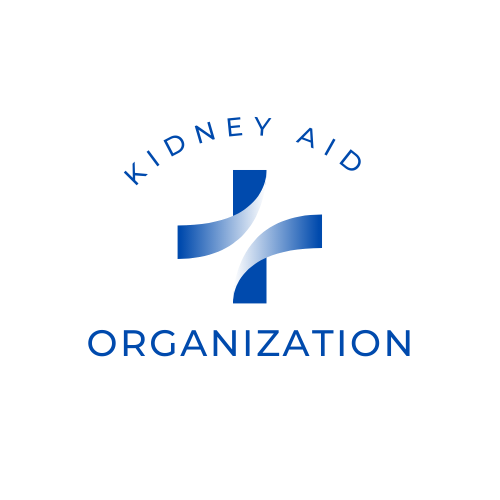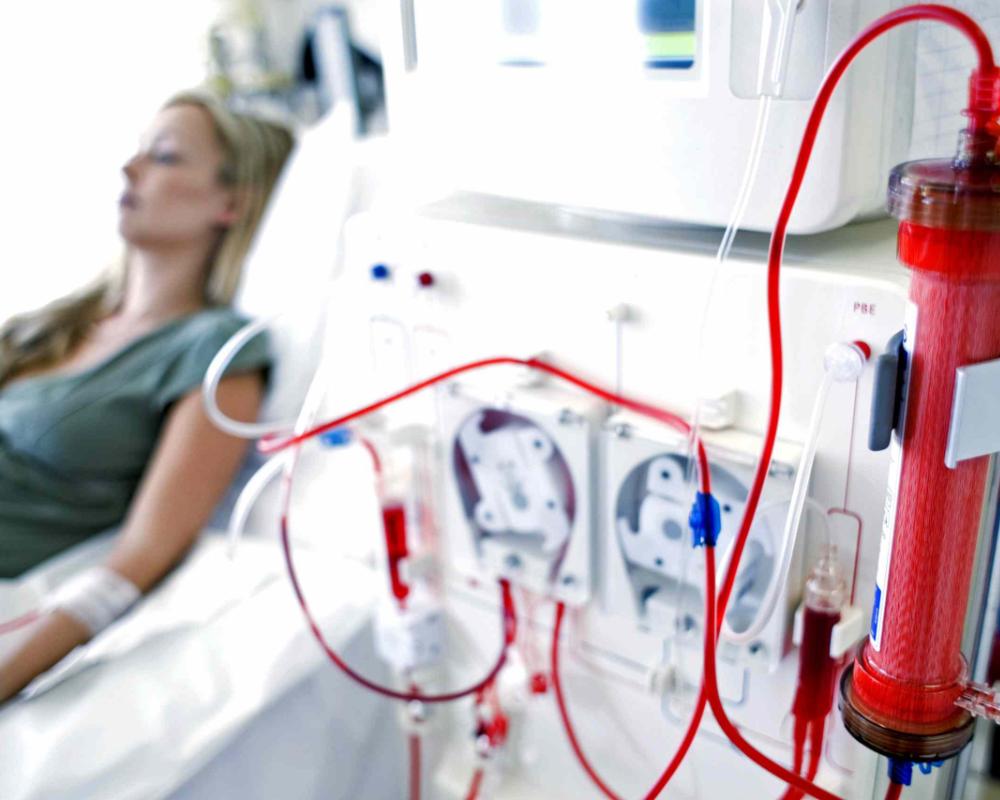Chronic kidney disease (CKD) is a serious condition affecting millions of individuals worldwide. As it progresses, it gradually diminishes kidney function, leading to a range of symptoms and complications. The final stage of kidney failure, also known as end-stage renal disease (ESRD), marks a critical juncture in this journey, often necessitating life-altering interventions such as dialysis or kidney transplantation. This article aims to explore the progression of kidney failure, the distinctive features of ESRD, and the implications it carries for individuals nearing this stage.
The Stages of Kidney Failure
Kidney failure typically progresses through several stages, each characterized by varying degrees of kidney function decline. Stage 1 and 2 CKD often show mild symptoms or may even be asymptomatic, making early detection crucial. As the disease advances to stages 3 and 4, symptoms become more pronounced, including fatigue, swelling, changes in urination patterns, and electrolyte imbalances. However, it's in stage 5, also known as ESRD, where kidney function is severely compromised, with a glomerular filtration rate (GFR) of less than 15 milliliters per minute. At this stage, the kidneys are unable to effectively filter waste products and excess fluids from the blood, leading to a buildup of toxins in the body.
Symptoms and Complications of ESRD
End-stage renal disease presents a myriad of symptoms and complications that significantly impact a patient's quality of life. Common symptoms include extreme fatigue, nausea, vomiting, loss of appetite, difficulty concentrating, and insomnia. The accumulation of waste products in the blood can also lead to severe itching, muscle cramps, and changes in skin color. Moreover, individuals with ESRD are at heightened risk of developing cardiovascular complications such as heart disease, hypertension, and stroke. The compromised kidney function also disrupts the body's ability to regulate fluid and electrolyte balance, resulting in edema, electrolyte imbalances, and potentially life-threatening conditions like hyperkalemia.
Treatment Options for ESRD
Managing ESRD requires a multifaceted approach aimed at alleviating symptoms, slowing disease progression, and prolonging life expectancy. One of the primary treatment modalities for ESRD is renal replacement therapy, which includes hemodialysis, peritoneal dialysis, or kidney transplantation. Hemodialysis involves filtering blood through a machine to remove waste products and excess fluids, while peritoneal dialysis uses the lining of the abdomen to perform the same function. Kidney transplantation, on the other hand, offers the best long-term outcomes, providing patients with a new lease on life by replacing their failed kidneys with a healthy donor organ. However, the availability of donor organs remains a significant challenge, leading to lengthy waiting times for transplantation and necessitating ongoing dialysis in the interim.
Palliative Care and End-of-Life Considerations
As individuals with ESRD near the end of their journey, discussions surrounding palliative care and end-of-life preferences become increasingly important. Palliative care focuses on improving quality of life by addressing physical, emotional, and spiritual needs, offering symptom management, counseling, and support services to both patients and their families. Advance care planning allows patients to express their wishes regarding resuscitation, life-sustaining treatments, and end-of-life care, ensuring that their preferences are respected during critical moments. Additionally, hospice care provides specialized support for individuals with terminal illnesses, offering comfort and dignity in the final stages of life. These interventions aim to enhance the patient's comfort and alleviate suffering, affirming their autonomy and dignity throughout the end-of-life journey.
Conclusion
End-stage renal disease represents the culmination of a progressive decline in kidney function, posing significant challenges for patients and healthcare providers alike. Recognizing the distinctive features of ESRD, including its symptoms, complications, and treatment options, is essential for optimizing patient care and outcomes. By embracing a holistic approach that encompasses medical interventions, supportive care, and advance care planning, individuals with ESRD can navigate this challenging phase with dignity and compassion. As we continue to advance our understanding of kidney disease and improve access to comprehensive care, we strive to empower patients and their families to make informed decisions and find solace amidst the complexities of ESRD.


